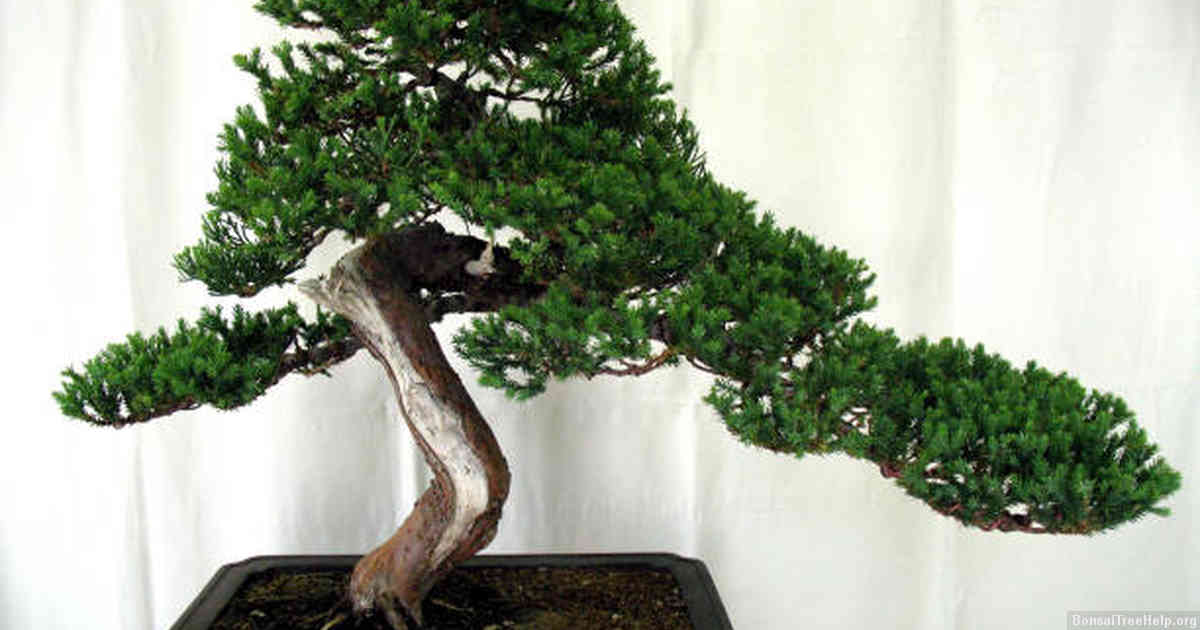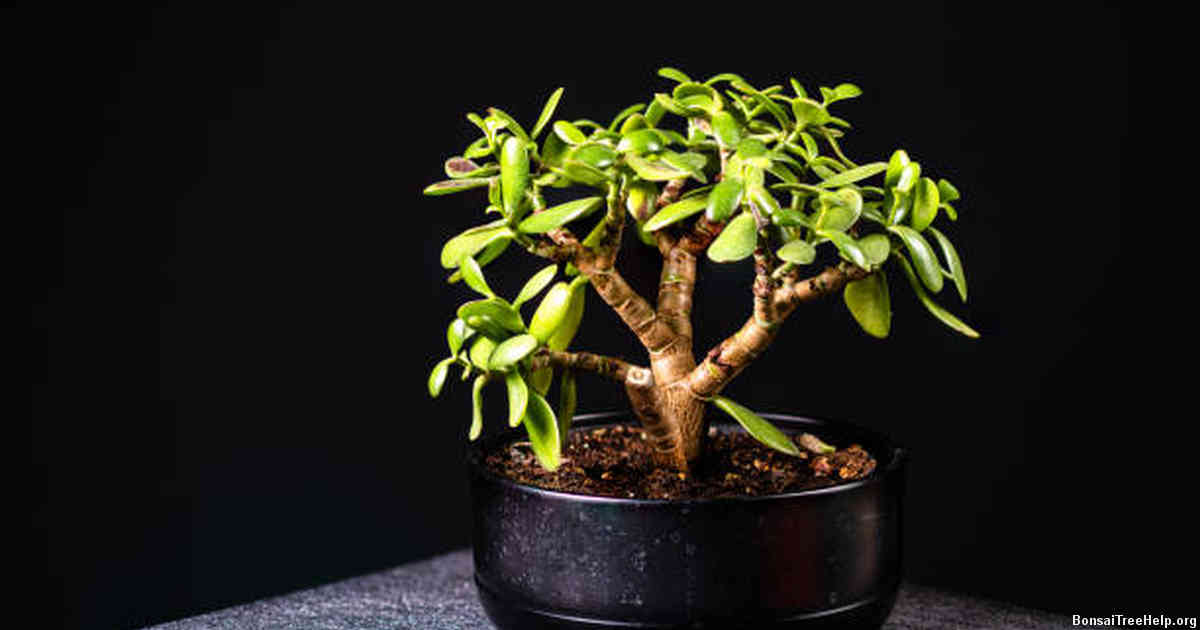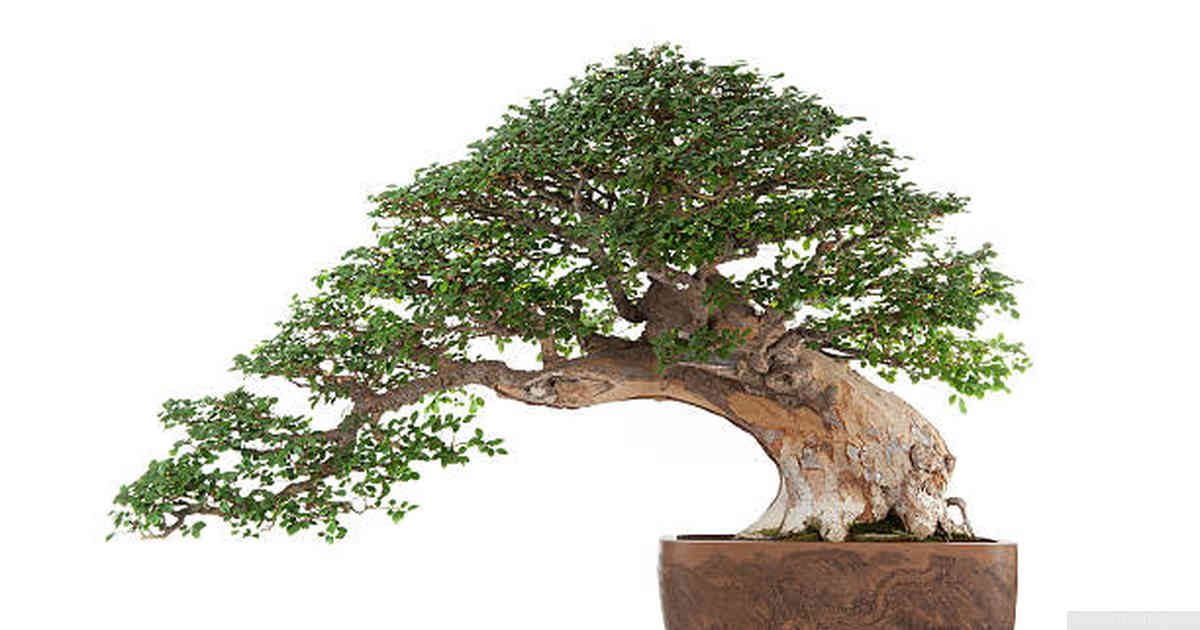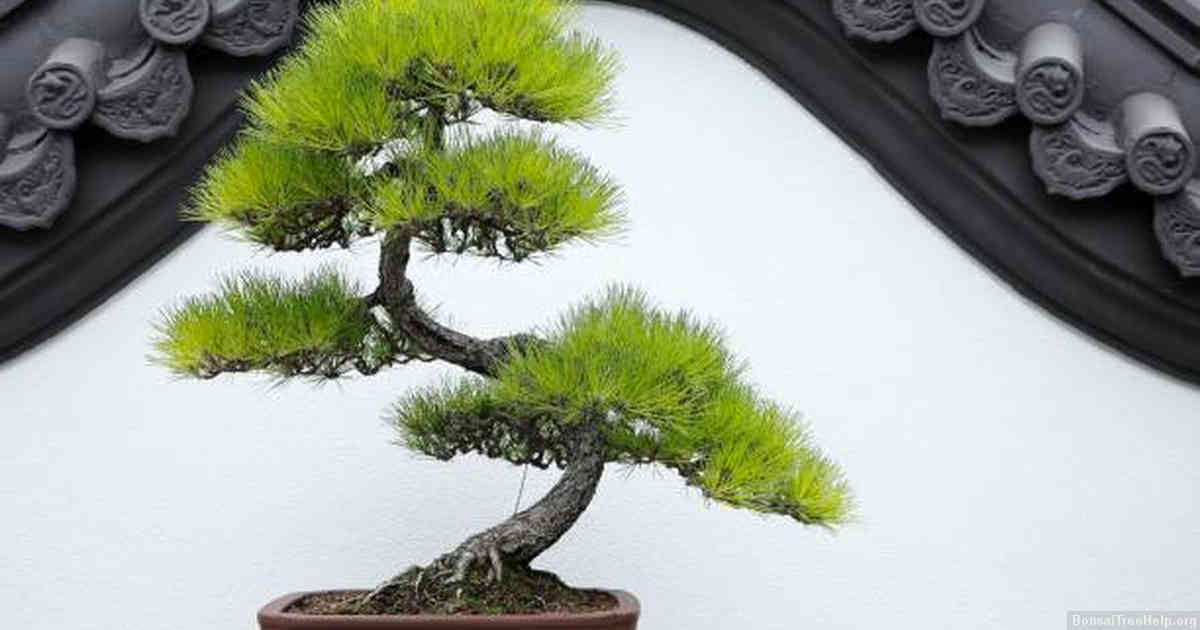
The sticky texture of bonsai leaves can be the result of several potential factors. One common reason is a pest infestation, such as from an aphid or scale insect. These tiny bugs feed on plant sap and will excrete a sugary substance called honeydew, which can then leave your bonsai’s leaves with a sticky coating. This honeydew will also attract other insects, leading to further damage if not addressed quickly.
Contents:
- Common Causes of Sticky Bonsai Leaves
- Practical Solutions to Sticky Bonsai Leaves
- Seasonal Changes that Can Affect Your Bonsai Tree
- Why Certain Pests Result in Sticky Bonsai Leaves
- Ways to Identify and Control Fungal Infections in Bonsai Trees
- How Soil pH Levels Can Influence Stickiness in Bonsais
- Factors That Determine the Health of Your Bonsai Tree
Another potential cause is excess humidity in the air around the bonsai tree. When there’s too much moisture in the environment, it can create condensation on the leaves that feels sticky when touched. In this case, try providing more ventilation around your bonsai by opening windows or turning up an air conditioning unit nearby.
If you’re new to watering your bonsai tree make sure you don’t over-water it. Too much water near its roots can lead to leaf fungus growth which produces a slimy film that makes them appear quite sticky – especially during warm weather periods where this kind of fungus thrives most effectively. If caught early enough, simply reducing the amount of water used for regular maintenance may help resolve any stickiness issues quickly and easily.
Common Causes of Sticky Bonsai Leaves

Sticky bonsai leaves are an issue that many gardeners face. Sticky foliage can result from a variety of causes and understanding the root cause is essential in order to find a solution. The most common factors that lead to sticky bonsai leaves include infestations by aphids or scale insects, over-watering, high humidity levels and lack of aeration around the potting soil.
Aphids and other pests will often feast on the nutrient-rich sap within a bonsai’s stem or leaves and leave behind residue, making them appear slimy or slick when touched. In order to solve this problem it’s important to inspect your bonsais for pests regularly, remove any affected branches by cutting at least 1 inch below the site of infestation, then apply insecticide according to product instructions as necessary.
Over-watering your bonsais can also contribute towards sticky foliage due to fungal growth which can occur if too much moisture accumulates around the soil. Since water needs vary depending on species, season and temperature it’s important to monitor moisture levels carefully throughout each growing cycle. Providing adequate aeration around the roots is important not just for proper drainage but also so that oxygen can reach them easily preventing damping off (a type of fungus) from growing alongside your plants’ roots.
High humidity environments such as greenhouses have been known to cause stickiness as well since these areas contain abundant amounts of moisture that don’t dissipate fast enough leading directly into contact with plant foliage which leads again to fungal activity – all this combined results in slimey or glossy leaves being produced by your plant specimens making them look unappealing yet no severe damage should occur unless these conditions persist for extended periods of time uninterruptedly.
Practical Solutions to Sticky Bonsai Leaves

As bonsai owners, many of us have experienced the frustration that comes with sticky leaves. In some cases, it can become a major issue, damaging the health and beauty of our plants. Luckily, there are several practical steps we can take to prevent and treat sticky leaf syndrome in our bonsai trees.
The first step is to identify why your tree has developed sticky leaves in the first place. It’s possible that the root system has become imbalanced due to insufficient drainage or too much moisture in soil. Alternatively, you may have overfertilized the plant or inadvertently introduced pests or disease into your garden. Once you’ve determined why your bonsai has developed a problem with stickiness, you can implement strategies to address these underlying issues.
To guard against further damage from sticky leaves and keep your tree healthy and vigorous for years to come, regular maintenance is essential. Pruning away any affected areas can help reduce stress on ailing branches and trunks so they don’t spread diseases throughout the entire plant. Be sure to only water as necessary; overwatering can cause more harm than good if it leads to an imbalance of nutrients within the soil around your tree’s roots. When it comes time for fertilizing – use organic products carefully calibrated for smaller plants like bonsais instead of generic fertilizer products made for larger gardens – this will ensure that you’re providing all needed elements without overwhelming them with additional unneeded ones.
Seasonal Changes that Can Affect Your Bonsai Tree

Seasonal changes can dramatically impact the health of your bonsai tree. Spring and summer present warmer temperatures, higher humidity levels and lots of rain which are all beneficial to the growth of your bonsai. During these months, it’s not uncommon for bonsai leaves to become sticky due to sap secretion from overactive buds. If this is an issue for you, try misting the leaves with plain water throughout each day or place a humidifier next to your bonsai. Reduce watering during periods where there is more rainfall so that you don’t overwater the plant.
On the other hand, dry winter air may cause a reduction in sap production leading to decreased leaf stickiness but also limited growth potential due to lack of sufficient moisture. It’s important during this period then to pay close attention to how often you water your bonsai as well as create an environment with high relative humidity levels (50 – 70 percent). You can achieve higher humidity levels by using a special soil mix that retains moisture better or use a mister around the plants at least once per day in order for them to thrive even on cold winter days.
When selecting an area for your bonsai be sure that it will receive adequate light but away from direct sunlight and drafty windowsills as sudden changes in temperature between indoors and outdoors can damage fragile branches and dried out roots very quickly when temperatures dip unexpectedly low or too hot in certain areas of a room. With proper seasonal adjustments, you should have no trouble keeping your beloved bonsai healthy year round.
Why Certain Pests Result in Sticky Bonsai Leaves

Bonsai trees are sometimes subject to a range of pests that can cause damage to the leaves. One sign of infestation is sticky bonsai leaves, which may indicate an insect presence in the soil or on the tree itself. Common culprits include aphids, mites and scale insects, all of which feed on plant sap and leave behind a honeydew residue. The sticky substance attracts ants, leading to further problems if left untreated.
Insecticides are effective for preventing pest invasions in bonsais, but must be applied carefully to avoid harming beneficial species such as bees or ladybugs. Pyrethrin-based products are generally safe for plants and animals alike, as long as they’re used sparingly according to manufacturer instructions. It’s also important not to apply too much fertilizer – excess nitrogen encourages soft growth that make plants more attractive to pests.
In addition to treating existing pest problems with insecticide sprays, it’s always best practice for bonsai owners to take preventive measures against future infestations. Keeping tools clean helps prevent bacteria from spreading between different trees; replacing potting soils every few years will help get rid of eggs hidden beneath the surface; removing dead leaves promptly is essential; and regularly inspecting branches and roots is a good way of catching early signs of bug activity before they become too severe.
Ways to Identify and Control Fungal Infections in Bonsai Trees

If you have noticed that your bonsai leaves have become sticky, it is likely a sign of fungal infection. Fungal infections can weaken the health of bonsai plants and must be addressed right away to keep them looking their best. Identifying and controlling fungal infections in bonsai trees can be complex but it does not need to be overwhelming if you know what signs to look for. The first step in identifying whether your bonsai has a fungal infection is to examine its leaves closely. Check for any discoloration or yellowing spots which are common symptoms of a fungus. Inspect underneath each leaf for webbing or white fuzz – both of these could indicate an infestation. If any signs of fungi are found, take action immediately by removing the affected parts from the tree as soon as possible.
In order to prevent future occurrences, provide plenty of air circulation around your bonsai by pruning branches that are overcrowding other branches and thinning out any dense foliage on the plant. This will create space between leaves so that airflow can improve throughout the tree, making it more difficult for diseases like fungi to spread and infect new parts of the plant too easily. Feed your plant with organic fertilizers and monitor water levels carefully; overly wet soil is an ideal environment for many types of fungi-based diseases so try not to overwater your bonsais unnecessarily.
How Soil pH Levels Can Influence Stickiness in Bonsais

Soil pH levels play a significant role in the stickiness of bonsai leaves. A plant’s soil pH is a measure of its acidity or alkalinity and ranges from 0 to 14 on the pH scale. When the soil pH is below 7, it is acidic; when it is above 7, it is alkaline. If a bonsai’s soil pH falls into either extreme end of this range, it can result in stickier leaves than normal.
Acidic soils containing high concentrations of humic acids, can cause excessive leaf stickiness as they absorb moisture and minerals from their environment much more readily than other types of soil. Alkaline soils with higher levels of magnesium and calcium ions may also lead to sticky bonsais as they tend to reduce air circulation within the plant’s tissues resulting in increased humidity which causes adhesion between the leaves.
To maintain optimal soil conditions for your bonsais, be sure to test the PH level regularly using an inexpensive home testing kit available at local gardening stores or online retailers. You may want to include trace elements like iron, manganese and zinc into your fertilizing routine to ensure that your plant receives all necessary nutrients for healthy growth without disruption in balance causing leaf stickiness.
Factors That Determine the Health of Your Bonsai Tree

Cultivating bonsai is a therapeutic and rewarding experience. But it’s important to be aware of the factors that determine the health of your tree, since an unhealthy bonsai may have leaves that are sticky or otherwise not healthy looking. Understanding these elements can help ensure you’re taking good care of your plant and giving it the best chance for success.
There are several things to take into consideration when evaluating the health of your bonsai tree, such as its exposure to sunlight, watering schedule, soil type and quality, root health, humidity levels in the surrounding area, pest infestations, or even how often you prune. All can contribute to a trees overall well-being – too much sunlight causes scorching on leaf surfaces; insufficient water leads to wilting and dropping leaves; drainage issues from poorly aerated soils create stagnant moisture environments; pests will ravage plants weakened by bad conditions leading them more susceptible to disease; overpruning weakens trees with lack of foliage impacting nutrient photosynthesis.
Being mindful about each detail helps maintain strong healthy growth in bonsais. Proper fertilizing with specific nutrients tailored for their species further aids greatly in fostering strong biology versus weaker specimens prone pests and diseases or succumbing easily under unfavorable environment changes. Taking meticulous care allows for lush vibrant foliage able to adapt over time with proper discipline ultimately providing cherished reward when achieved successfully.
Leave a Reply